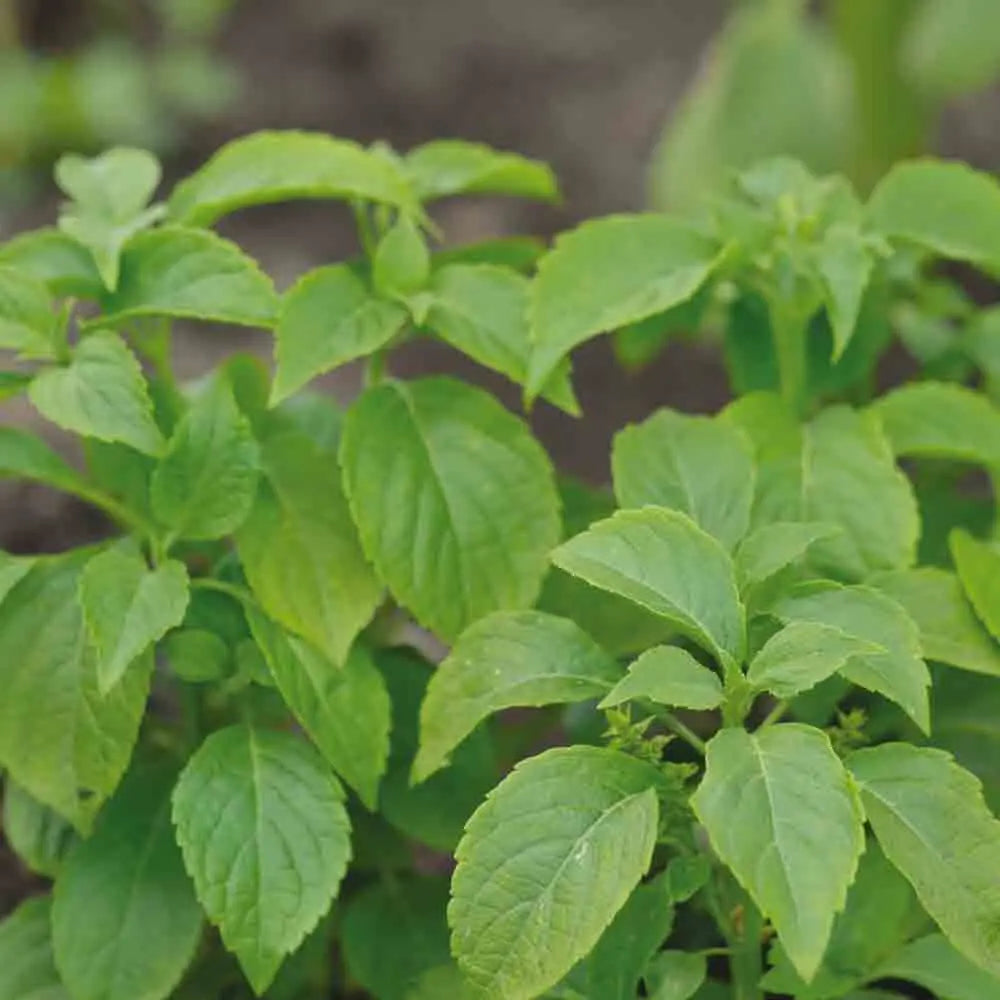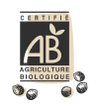BASIL THYME AB
Ocimum basilicum
Basil Thyme , as its name suggests, is a variety of basil with thyme aromas . A surprise for the taste buds, it offers a unique flavor that stands out from other varieties of basil.
How to successfully sow basil
Basil requires a constant minimum temperature of 20°C to germinate. It is therefore recommended to sow in a hotbed or heated greenhouse . Start your seedlings in early spring in pots . Choose a good, fine seed compost .
Do not submerge the seeds in the soil. Pack the potting soil into the pots or trays, then lightly brush the surface with your fingers. Place the seeds and, if necessary, sprinkle a thin layer of soil over them before pressing firmly.
Water with a spray bottle until germination. Be careful not to overwater, as excess moisture can cause the seedlings to wilt. Germination usually occurs in 6 to 8 days .
Place your terrine or greenhouse near a bright window to ensure good light exposure.
Planting basil in the garden
Plant your basil plants after the last frost in May , when the plants have reached 3-4 leaves . If you are north of the Loire , wait until June.
Plant your basil plants in well-drained , rich soil in a sunny location . Add a little manure to enrich the soil.
Keep 50 cm between each plant. Water without wetting the foliage and without overwatering to avoid disease.
Harvesting basil
Leaves harvested in May and June , just before flowering, will have the most fragrance, although you can harvest them year-round as long as the plant has leaves. The more leaves you harvest from your basil , the more the plant will thrive.
To preserve your basil , you can chop the leaves and place them in ice cube trays filled with water.
You can also store them in olive oil .
Additional tips
Planted between tomato plants , Basil Thyme will protect your tomatoes against certain pests.
All basils can be grown in pots or planters , whether on a windowsill , balcony or in a small garden .









